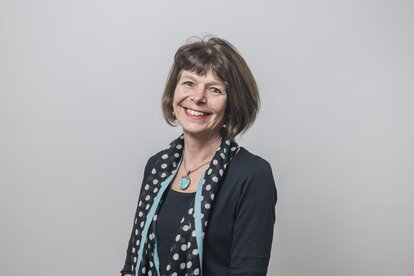This past fortnight has been a “trip down memory lane” for me, returning to visit community forest management groups (CFMG) in Eastern Bhutan that were established in the early 2000s. Back then, I visited these groups quite regularly as part of a project supporting a range of forestry development activities – including community forestry. Now, after some 12 years of a separate SDC funded and Helvetas-implemented project specifically supporting the Royal Government of Bhutan’s community forestry programme, it was felt time to draw together lessons learned. So consultant Nidup Peljor and I have been travelling East to West across Bhutan, visiting 12 of the earliest community forest management groups (CFMGs) and seeking the opinions of as many different stakeholders as possible. This has taken us through landscapes with very different forest types, and community meetings in which Nidup had conversed as appropriate in Nepali, Sharchop, Kurtoep, Bumthangkha, or the national language of Dzongkha.
With our task still on-going, it’s far too early to set out any conclusions – beyond the widely accepted fact that areas under community forestry are more densely tree-covered than they were 10-15 years ago. It’s also somewhat astounding to grasp that there are now well over 600 community forests in the country – in the early 2000s, there were less than 10. Indeed, the whole concept of local people being handed over responsibility for managing State forest provoked anxiety amongst some in authority at the time; the catchphrase was a “cautious approach”.
One thing immediately striking about the CFMG meetings of the past days is that, almost without exception, women outnumbered men. This is in contrast to my memories (and photos) of meetings during community forest establishment, when men invariably dominated. This was true also at higher level; forestry officials in Thimphu were all men, although I was assured that “no gender discrimination existed” in Bhutan. The government publication of Gender Statistics in 2010 clearly revealed the low numbers of women in public office – and women failed to gain ground in the last parliamentary elections (in 2013). Whilst such facts are important, they do not tell the whole story (on which much has been already written, including a recent blog).
So why the many women in meetings? One reason is that with the agricultural work over, many younger men leave the villages to find paid work elsewhere in the country, whilst the women stay behind. Linked to this in some communities (but not all), is a system of matrilineal inheritance, meaning that it is women who own the land. Although this accords status, paradoxically it also serves to tie women to their villages. As one group near Trongsa put it, “When the community forest was established only men were involved [because]… it is mostly men who participate in physical labour. But with regard to regular meetings within the village, it is mostly women, as we are the ones at home.” In some of the meetings, women have been very vocal, and easily shouted down men – in a lighthearted and joking manner. In others, they have sat quietly whilst one or two men, invariably elected committee members, talked incessantly until we organised smaller group discussions. The vast majority of CFMG committee members met have been men – explained as a matter of education, as the responsibility carries with it a variety of paperwork. Amongst villagers over the age of 30, only a few men, and virtually no women, are literate. The comment of Choni Dema from Deothong village in Samdrup Jomkhar is typical in this respect. “I do not have the competencies to become involved in community forest management. I am illiterate – I never had the chance to study. But the younger generation is different, they have education; maybe our daughters can do more.”
Maybe indeed their daughters can do more, but here lies another question: will these daughters stay in the village? Education is now universally available, and there is a clear trend for young people to leave their villages to study, search for a job, and then settle in urban areas (with or without the coveted job). What will this mean for community forestry? According to Dorji Wangmo, of Limbu village, Punakha “The only secure thing is the land. That is why all the children in this village know how to work in the fields – they go to school, but during the holidays they are all engaged in the farming activities. In fact it is for them that we are working on this CF – for the benefit of our children and grandchildren.”
Generalisations in a country containing such ethnic diversity as Bhutan are dangerous. Yet it does seem that the life choices available to younger women are greater than those of their parents. Possibly it is particularly the choices that they make that will determine the future of Bhutan’s rural areas.


